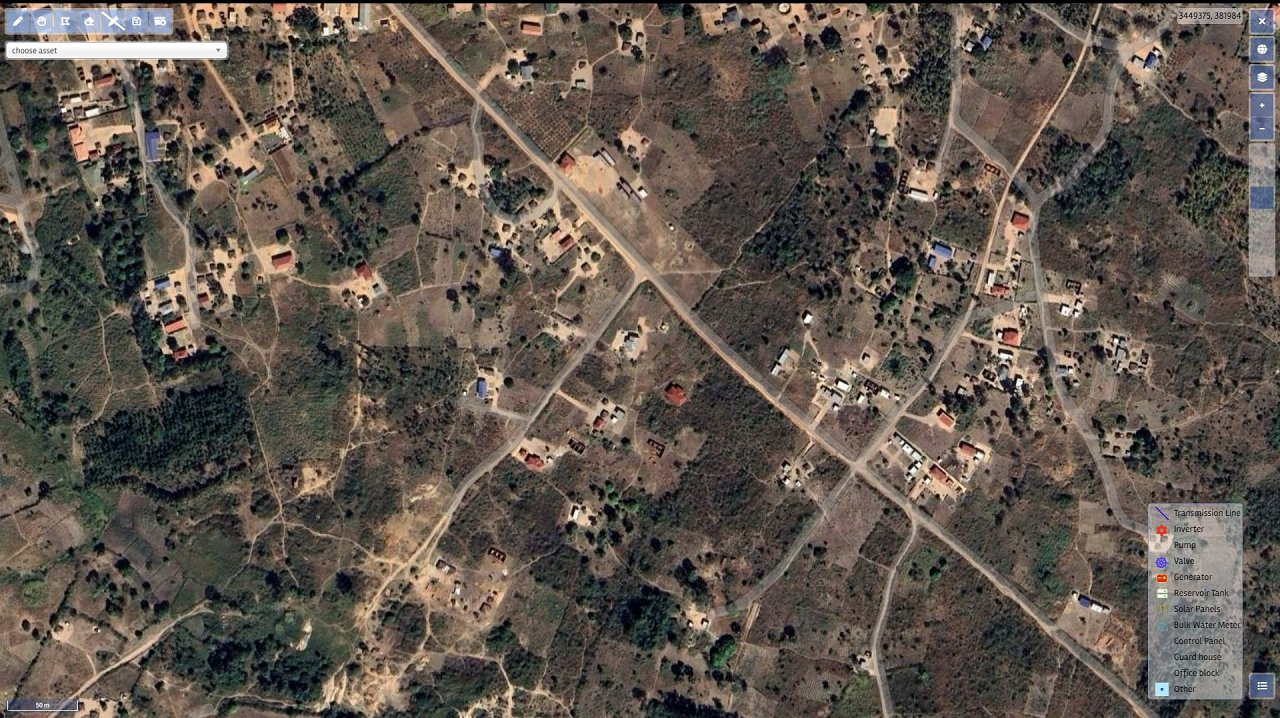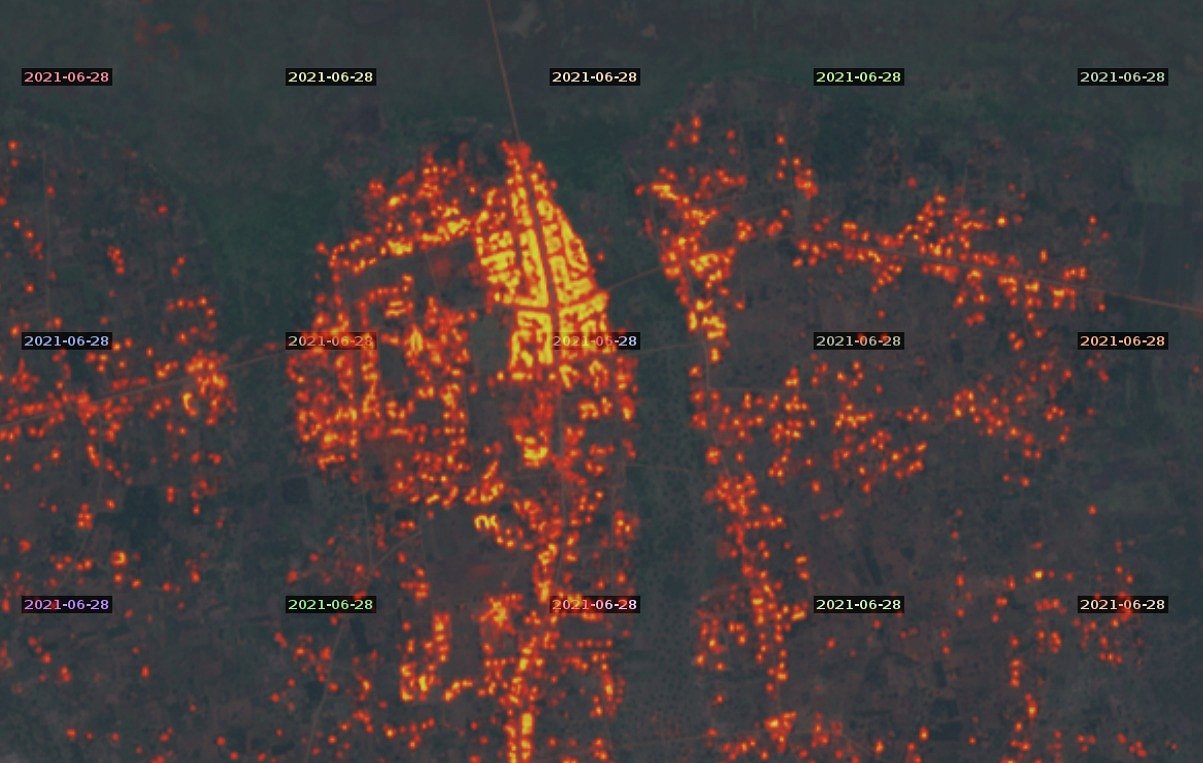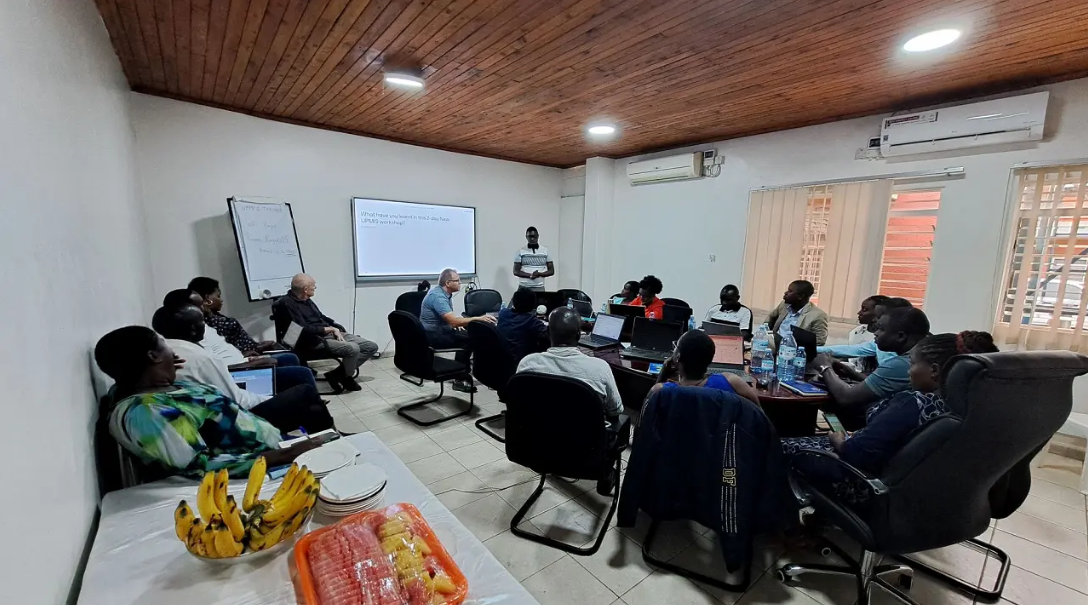Slovenian knowledge in Uganda
12. 8. 2024
In 2016, with a grant from the Austrian Development Agency, the Utility Performance Monitoring and Information System (UPMIS) application was established for the collection and analysis of data on water resources. The UPMIS application is an operational tool for real-time data collection on the functionality, management and financial situation of rural water catchments. It also collects basic information on the equipment and technical characteristics of the water system itself. This enables reporting and monitoring of system operation, informing managers about the operation of services, assessing investment needs for existing water systems, and informing the public through an online portal.

The Ministry of Water and Environment of the Republic of Uganda has prepared a plan to improve water systems and drinking water supply in rural areas based on data obtained from the UPMIS application. In recent years, the situation for monitoring the quality of drinking water and water systems in the Republic of Uganda has improved, but local authorities have been seeking to upgrade the UPMIS application to enable them to monitor data on access to drinking water for the Ugandan population. The existing UPMIS application only contained data on water resources, but not on the number of inhabitants and their access to drinking water.
From June 2021 to February 2022, the European Space Agency (ESA) supported the upgrade of the system through the Slovenian company GeoCodis and, together with the Republic of Slovenia, co-funded a project using satellite imagery to determine populated areas in the Republic of Uganda. Using satellite detection, publicly available optical satellite imagery and machine learning methods, it has been possible to automatically determine the extent and dynamics of populated areas and different population categories from 2015 for the entire territory of the Republic of Uganda. At the same time, the system is capable of calculating changes in area and population density on a monthly basis. The upgrade of the UPMIS system made it possible, among other things, to determine the size of settlements, their expansion in the recent period and the density of settlements in rural areas of the Republic of Uganda by interpreting satellite images.

The project was carried out in two phases:
- In the first phase, a system was set up to determine the boundaries of rural settlements and population densities using satellite data, and then to independently calculate changes in area and population density on a monthly basis. Data on settlements are thus combined with data on water resources (location, quality, quantity of water...), providing important information on settlement areas, the number of people who do not have access to drinking water and the areas where priority is being given to the construction or extension of water supply systems. This will provide a more realistic picture of water supply in rural areas of Uganda, make it easier and more reliable to track sustainable development goals in the area of water supply and sanitation, and enable the Ministry of Water and Environment of the Republic of Uganda to update investment plans to improve access to drinking water in the country.
- In the second phase, the existing system was upgraded with an additional module for digitising the existing water supply infrastructure and a module for importing GPS field measurements. A reporting module was added, combining satellite data with data entered monthly by individual water system managers. In addition to the integration of satellite data and the additional development of an analytical application, the project also included the training of local experts.

Visit of the GeoCodis team to Uganda, June, 2024
The Republic of Slovenia's priority geographical areas for international development cooperation are the Western Balkans, the European neighbourhood and sub-Saharan Africa, with a focus on the least developed countries. The majority of our official development assistance goes to countries in these geographical areas.

